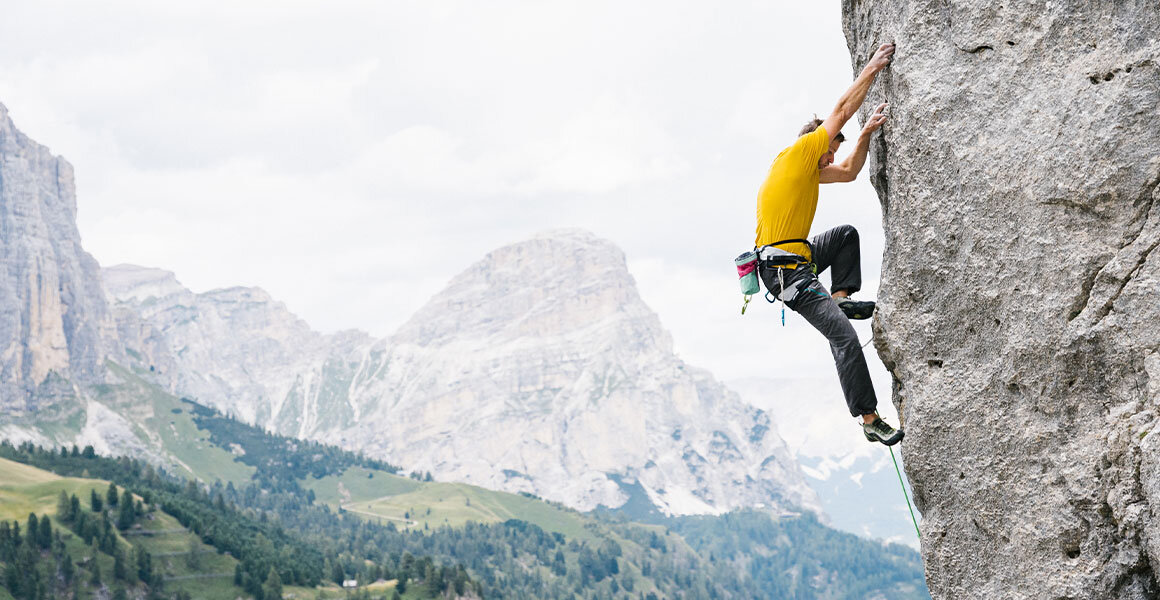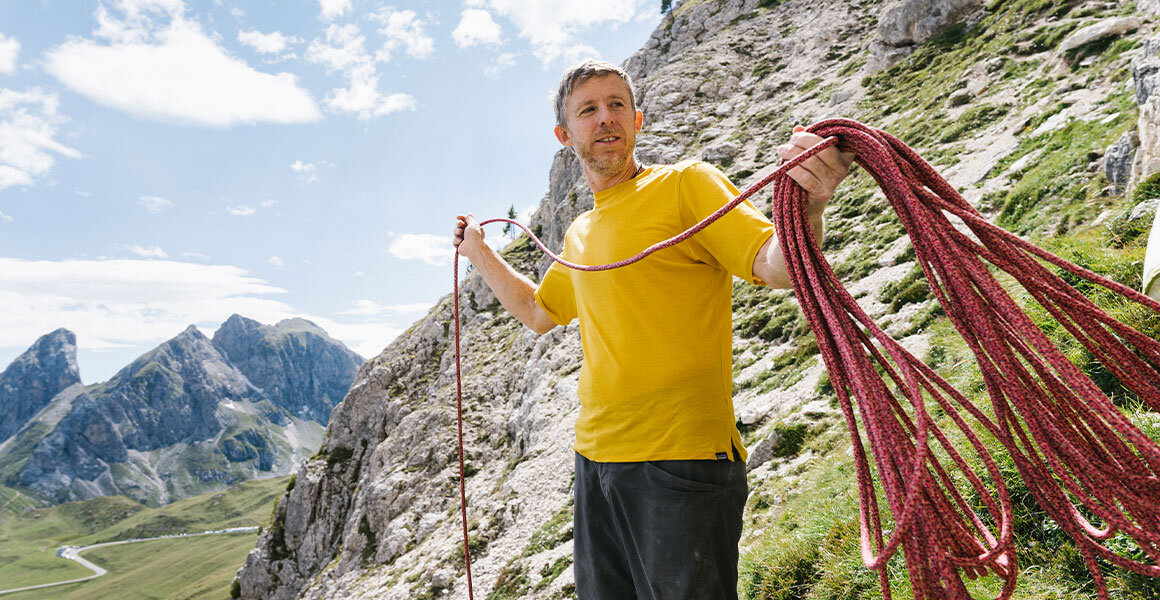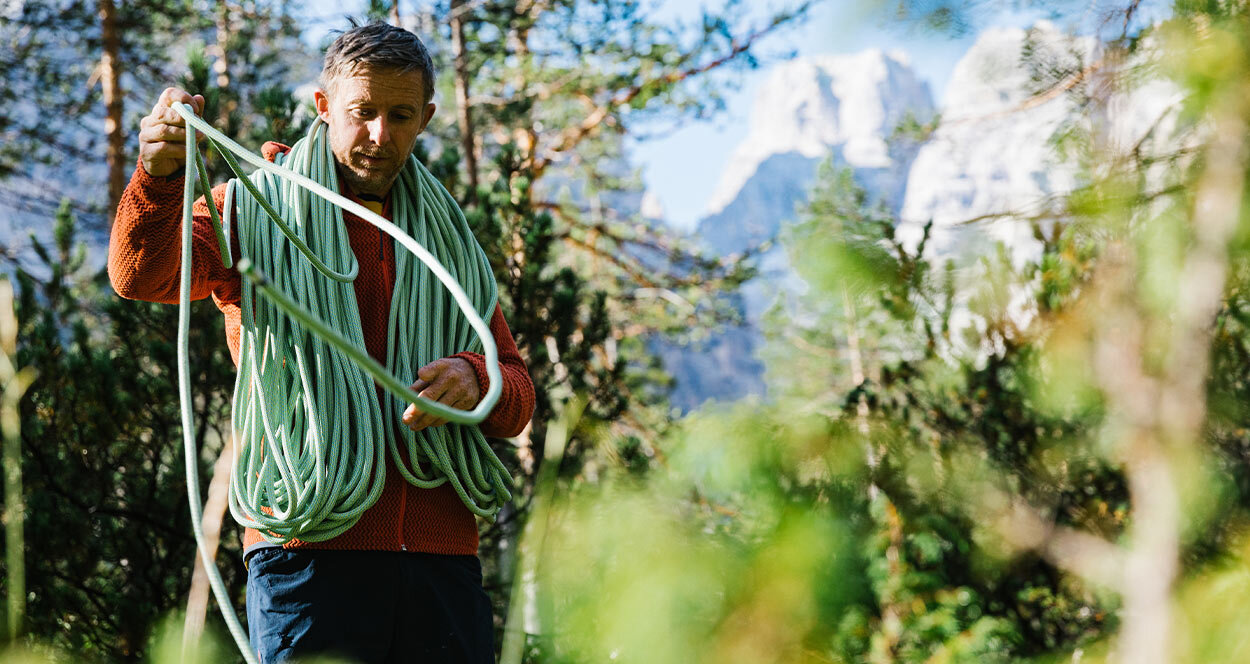These days, you’d be hard pressed to find an outdoor enthusiast who’s a climate-change denier. Perhaps because we see forests that are on fire, walk on receding glaciers and climb mountains on which the snow is thawing and the rock disintegrating. It can seem quite a gloomy outlook until you remember that an inherent characteristic of climbers is their belief in the improbable. Climbing is all about focusing hard to solve and navigate your way through problems. That mentality of finding solutions often transcends to other areas of life, so it’s unsurprising that today’s climber-run businesses are looking for answers to the environmental crisis.
Over the past decade, I’ve become increasingly fixated on what we as an out- door community can do to help save our planet. I wish I could say it was as simple as recycling our drink containers, flying less and eating less meat. But the truth is that the role we play as individuals is important but makes little difference. What does make an impact is for us to demand action from politicians and the companies making the products we buy. Purchasing products that tell a proacti- ve environmental story indicates to companies that we want more of that. These companies adopt a more environmental mindset and spread the culture through their story telling. This translates into votes, and politicians have no choice but to listen.
The good news is that this feedback’s already working. I’ve been a brand am- bassador for many outdoor companies over the years, and it’s clear that compa- nies now focusing on environmental solutions are the ones thriving. These busin- esses are inspiring others to follow their lead. Consequently, the outdoor industry is influencing others to be more environmentally friendly. I’m looking forward to the day when companies without sustainability plans are called out for being rogues. I don’t think it’s such a far-off scenario.
Apparel companies are establishing industry programmes like B Corp and 1 Per- cent for the Planet, which now both have thousands of members. They are set- ting up repair facilities, encouraging their customers to buy less, repair what they can and recycle only at the end of a product’s life. They’re establishing goals such as pledging to be carbon neutral by 2030. They invest heavily in renewable organic agriculture. I could go on and on.




